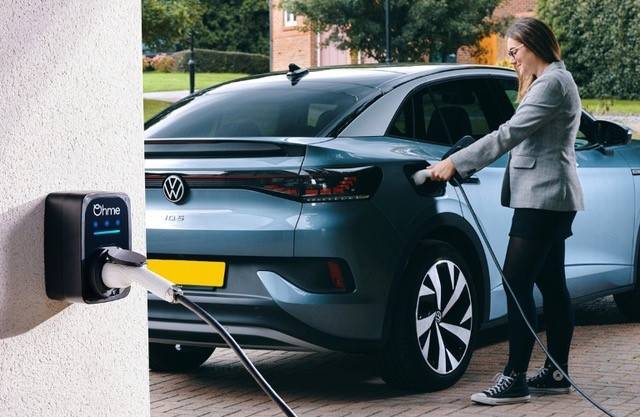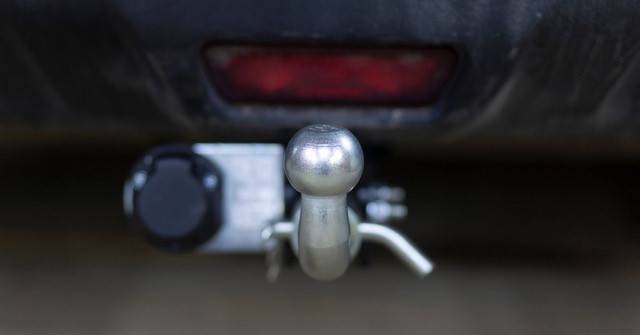Driving After a Spinal Cord Injury
When someone experiences a spinal cord injury it can be life-altering. Despite this, many individuals manage to regain some sense of normality, including driving after spinal cord injury. This process involves a lot of determination and hard work, along with the support of medical professionals, occupational therapists and adaptive technology.
Rehabilitation and training
Returning to driving after spinal cord injury is often seen as a key milestone in the rehabilitation journey. Driving can provide an individual with a sense of independence and freedom that is crucial for psychological well-being. However, it’s essential to understand that this process is highly individual, depending on the level and extent of the spinal cord injury.
For those with spinal cord injuries, specialist rehabilitation centres often provide assessments and training to assist in the transition back to driving. Occupational therapists play a crucial role in this process, helping to determine the type of mobility adaptations needed. It might include hand controls to operate the accelerator and brake by hand rather than foot, or a steering wheel adaptation to aid in one handed steering.
Training then takes place in a dual-controlled car, allowing the driving instructor to take control if necessary. It ensures a safe environment for the individual to learn and develop their driving skills with the new adaptations.
Legal obligations
The DVLA (DVA in Northern Ireland) plays a key role in the return to driving after a spinal cord injury. It’s mandatory to inform the DVLA or DVA about any condition that could affect your ability to drive safely, including a spinal cord injury. The agency will then investigate your circumstances, which can involve a medical examination or an independent driving assessment.
Following this evaluation, the DVLA or DVA will make a decision about your ability to drive. It might be that you’re allowed to continue driving with no changes, or you may be issued a licence for one to three years which will require renewal. In some cases, the DVLA may decide that it’s not safe for you to continue driving. However, these decisions can be appealed if you believe the assessment was not accurate or fair.
Adaptive vehicle choices
When you’re considering driving after spinal cord injury, the type of vehicle you use is important. Adaptive technology has advanced significantly in recent years, making it possible for individuals with a range of different needs to get behind the wheel. Wheelchair accessible vehicles, for example, provide room for a wheelchair and can be fitted with lifts or ramps for easy access.
Hand controls are another popular adaptation, allowing the driver to control the accelerator and brake using their hands instead of their feet. Steering aids can also be installed to help with safe one handed driving.
Conclusion
Driving after spinal cord injury is about more than just the physical act of driving. It’s a symbol of independence, a step towards regaining control over one’s life after a significant change. It may be a challenging journey with various obstacles along the way, but it’s one that many individuals successfully navigate, reclaiming their independence and freedom.
Returning to driving after a spinal cord injury is a journey of rehabilitation and adaptation. It requires patience, determination and the right support. With the backing of rehabilitation centres, occupational therapists, driving agencies and adaptive technology, individuals with spinal cord injuries can once again experience the joy and independence of driving.
More like this

Accessible travel
Motability EV Charger Explained: Hassle-Free Charging for Your Electric Vehicle
With more Motability customers choosing electric cars than ever before, one of the first questions many people ask is: how will I charge it? The good…

Lifestyle
Staycation Ready: Travel, Tow & Explore With Your Motability Car
Many people don’t realise that you can tow your Motability car, provided you have permission from Motability first. Read our guide for everything you need to…

Lifestyle
Disability Pride Month 2025
July is Disability Pride Month which offers the opportunity to highlight and celebrate the disability community and their pride. Discover the Disability Pride Month origin, discover…